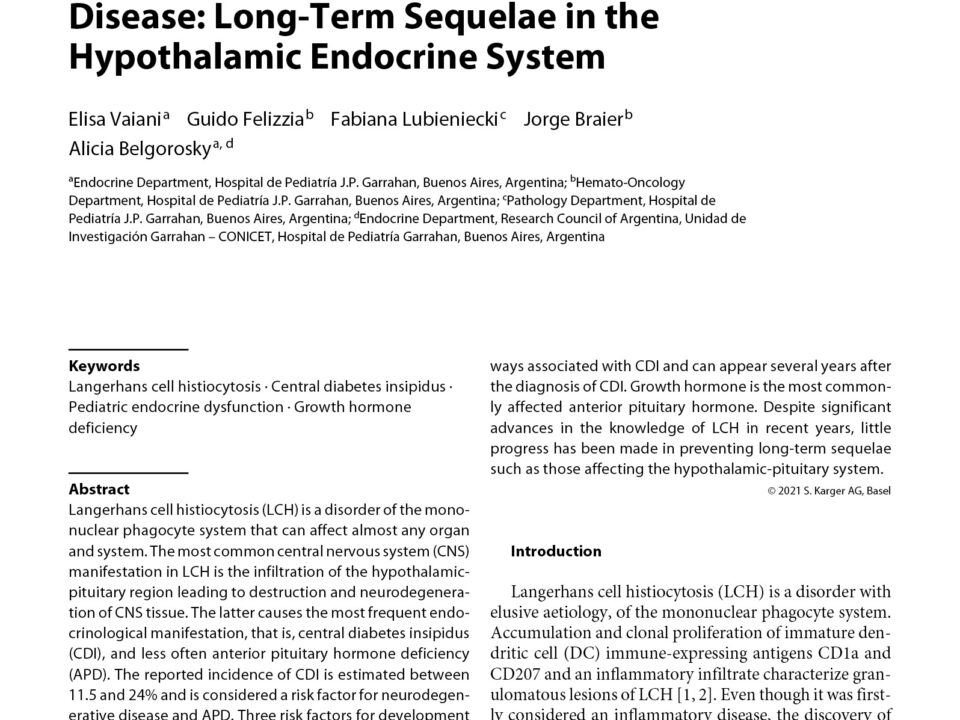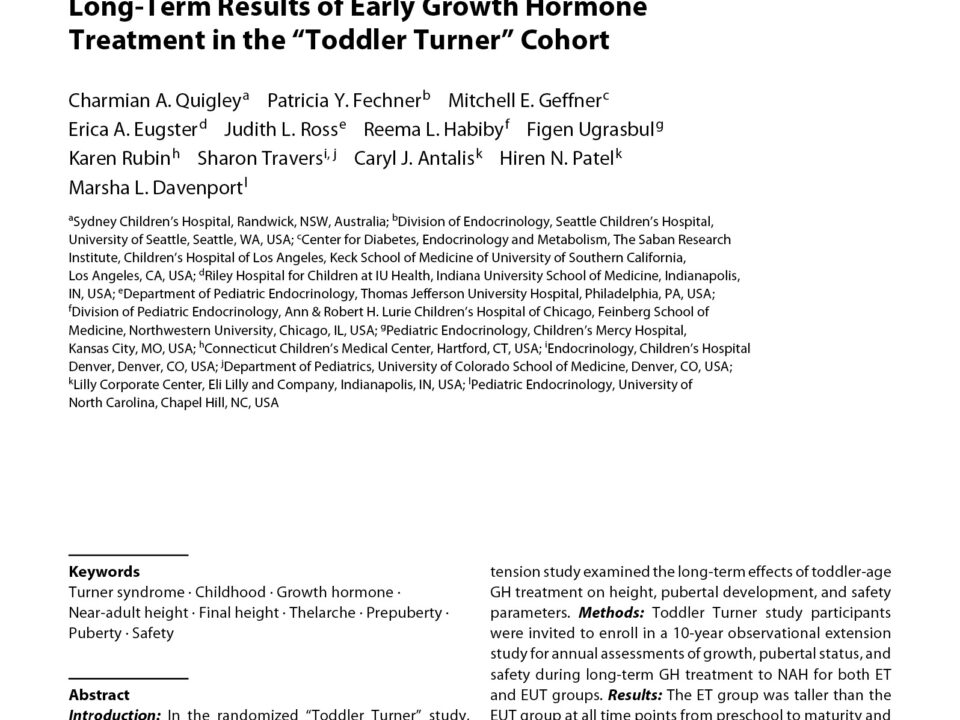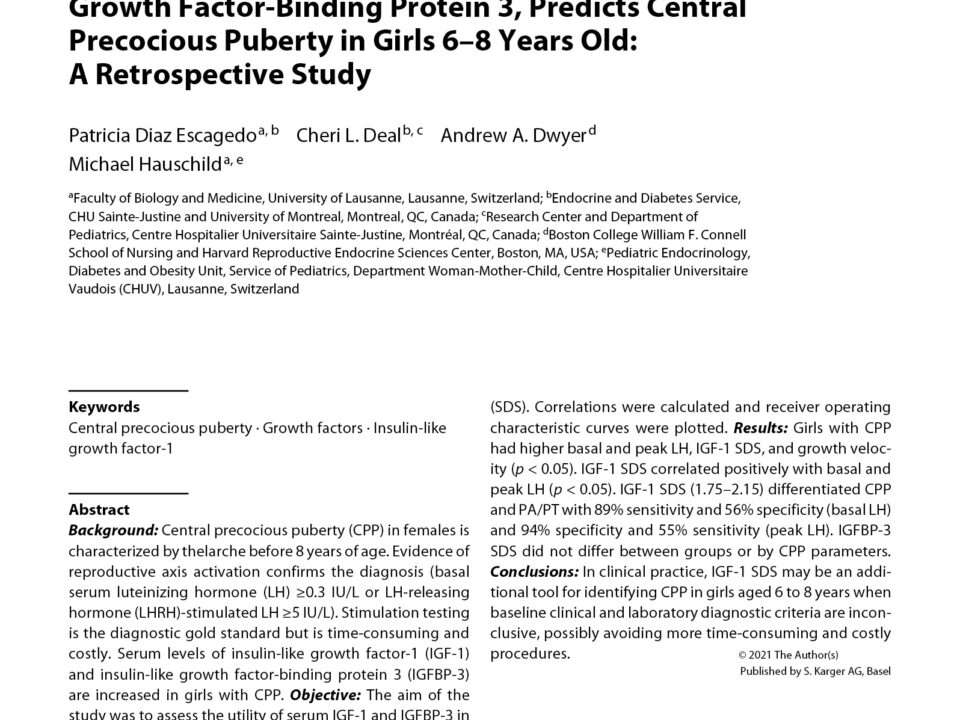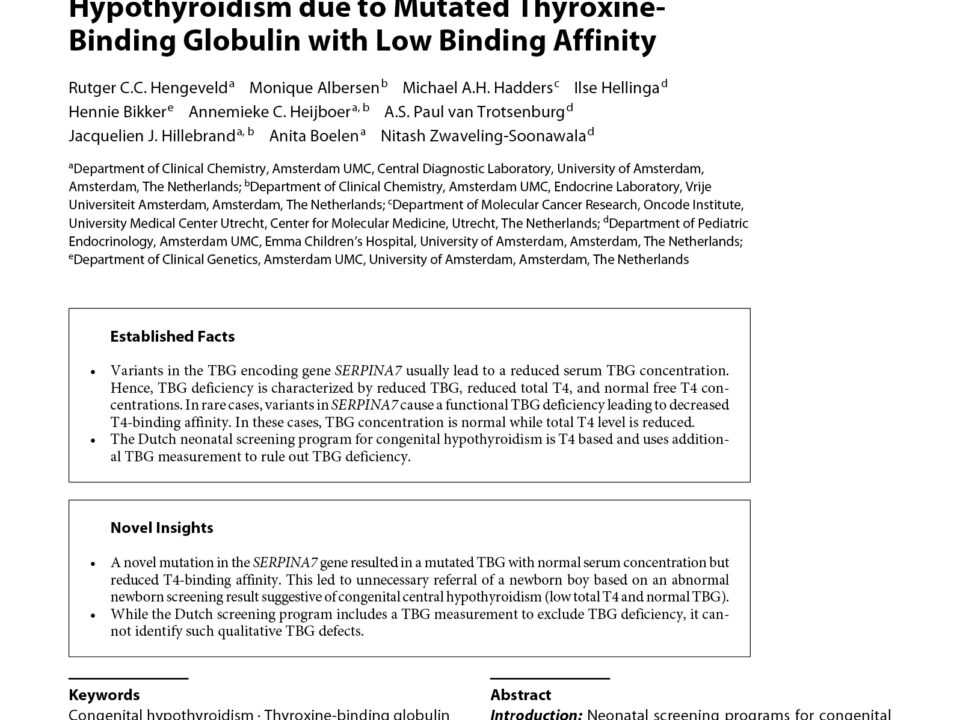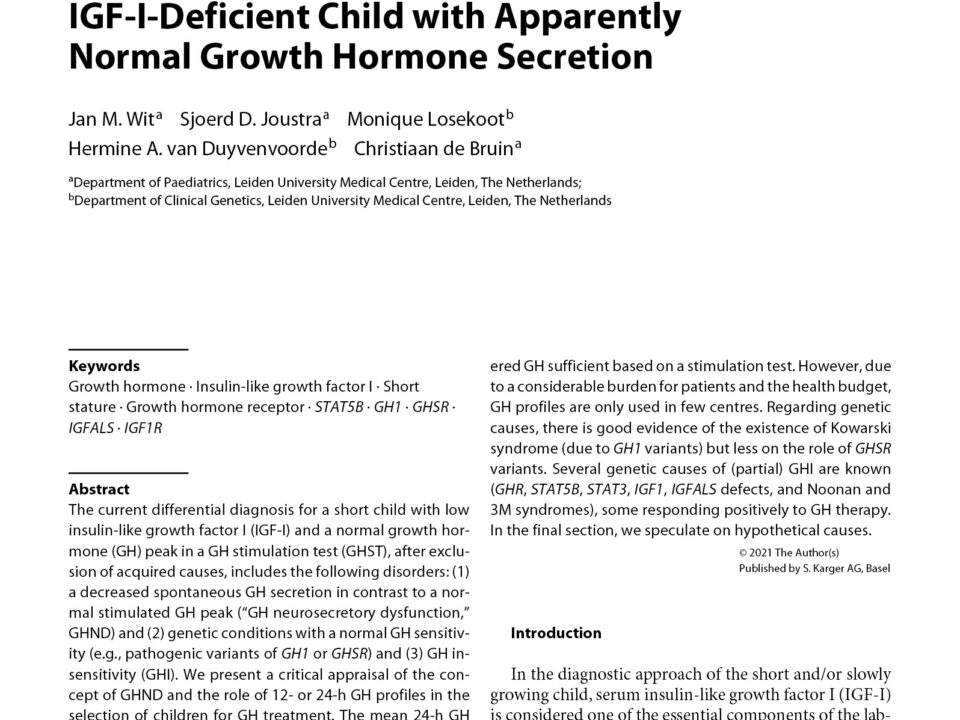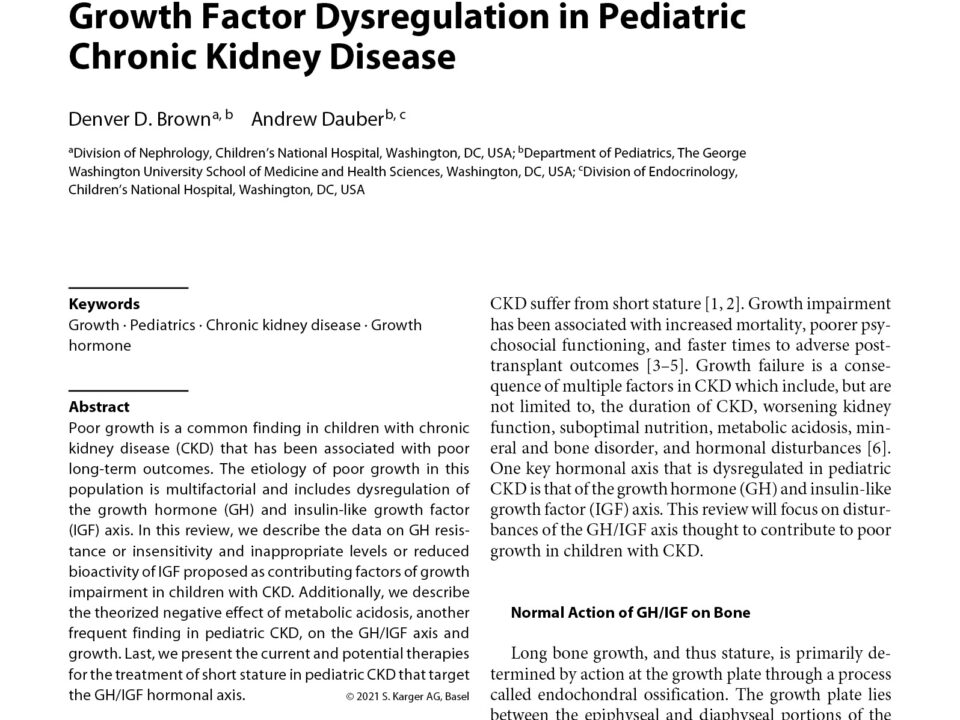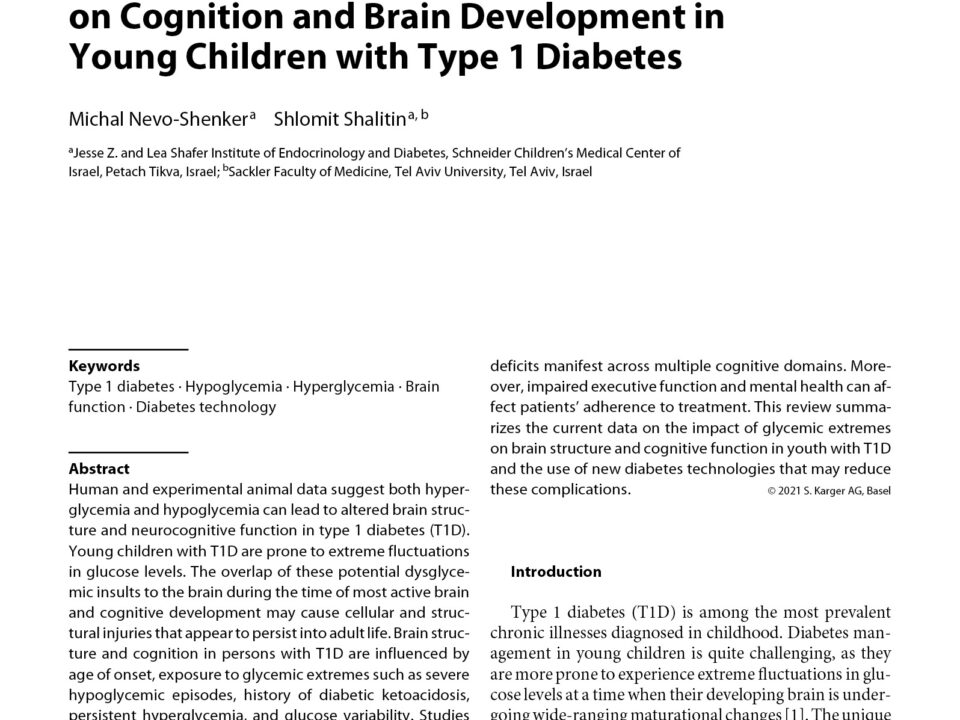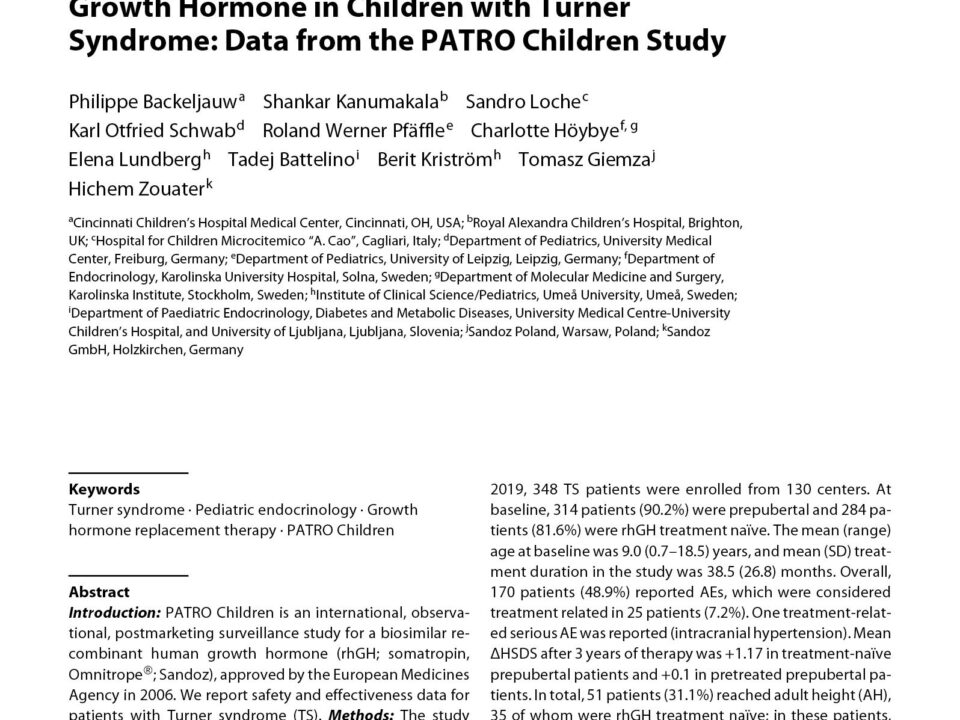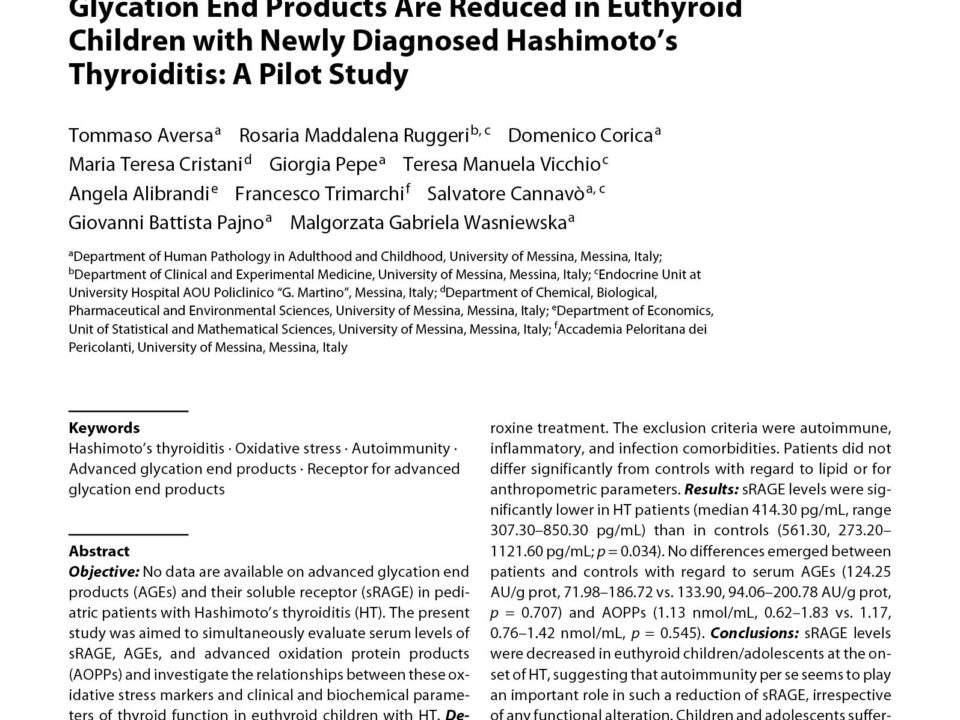December 13, 2022
Langerhans cell histiocytosis (LCH) is a disorder of the mononuclear phagocyte system that can affect almost any organ and system. The most common central nervous system (CNS) manifestation in LCH is the infiltration of the hypothalamic-pituitary region leading to destruction and neurodegeneration of CNS tissue. The latter causes the most frequent endocrinological manifestation, that is, central diabetes insipidus (CDI), and less often anterior pituitary hormone deficiency (APD). The reported incidence of CDI is estimated between 11.5 and 24% and is considered a risk factor for neurodegenerative disease and APD. Three risk factors for development of CDI are recognized in the majority of the studies: (1) multisystem disease, (2) the occurrence of reactivations or active disease for a prolonged period, and (3) the presence of craniofacial bone lesions. Since CDI may occur as the first manifestation of LCH, differential diagnosis of malignant diseases like germ cell tumours must be made. APD is almost always associated with CDI and can appear several years after the diagnosis of CDI. Growth hormone is the most commonly affected anterior pituitary hormone. Despite significant advances in the knowledge of LCH in recent years, little progress has been made in preventing long-term sequelae such as those affecting the hypothalamic-pituitary system.
December 13, 2022
Introduction: In the randomized “Toddler Turner” study, girls who received growth hormone (GH) starting at ages 9 months to 4 years (early-treated [ET] group) had marked catch-up growth and were 1.6 ± 0.6 SD taller than untreated (early-untreated [EUT]) control girls after 2 years. However, whether the early catch-up growth would result in greater near-adult height (NAH) was unknown. Therefore, this extension study examined the long-term effects of toddler-age GH treatment on height, pubertal development, and safety parameters. Methods: Toddler Turner study participants were invited to enroll in a 10-year observational extension study for annual assessments of growth, pubertal status, and safety during long-term GH treatment to NAH for both ET and EUT groups. Results: The ET group was taller than the EUT group at all time points from preschool to maturity and was significantly taller at the onset of puberty (p = 0.016), however, the difference was not significant at NAH. For the full cohort (ET + EUT combined, n = 50) mean (± SD) NAH was 151.2 ± 7.1 cm at age 15.0 ± 1.3 years. NAH standard deviation score (SDS) was within the normal range (>−2.0) for 76% of ET and 60% of EUT subjects (68% overall) and correlated strongly with height SDS at GH start (r = 0.78; p < 0.01), which in turn had a modest inverse correlation with age at GH start (i.e., height SDS declined with increasing age in untreated girls [r = −0.30; p = 0.016]). No new safety concerns arose. Conclusion: Although the ET group was taller throughout, height SDS at NAH was not significantly different between groups due to catch-down growth of ET girls during lapses in GH treatment after the Toddler study and similar long-term GH exposure overall. Early initiation of GH by age 6 years, followed by uninterrupted treatment during childhood, can prevent ongoing growth failure and enable attainment of height within the normal range during childhood, adolescence, and adulthood.
December 13, 2022
Insulin-like Growth Factor 1, but Not Insulin-Like Growth Factor-Binding Protein 3, Predicts Central Precocious Puberty in Girls 6–8 Years Old: A Retrospective Study
December 13, 2022
Introduction: Neonatal screening programs for congenital hypothyroidism (CH) have been implemented worldwide to facilitate early diagnosis and treatment. The Dutch neonatal CH screening is primarily based on the measurement of thyroxine (T4). When T4 is low, an additional thyroxine-binding globulin (TBG) measurement is performed to reduce the number of false-positive screening results due to harmless TBG deficiency. Here, we present a case of a rare functional TBG deficiency leading to a false suspicion of CH. Case Presentation: Neonatal screening in this patient revealed a decreased T4, normal TSH, and normal TBG concentration, suggesting central CH. However, free T4 was normal. DNA sequencing analysis revealed a novel, hemizygous mutation (c.139G>A) in SERPINA7, the gene encoding TBG, resulting in the substitution of the conserved amino acid alanine to threonine at position 27. Crystal structure analyses showed that this substitution has a detrimental effect on binding of T4 to TBG. Conclusions: The novel SERPINA7 variant in this patient led to a false suspicion of central hypothyroidism in the Dutch T4-based neonatal screening program. It is important to recognize patients with such TBG defects to prevent unnecessary additional testing and treatment.
December 13, 2022
The current differential diagnosis for a short child with low insulin-like growth factor I (IGF-I) and a normal growth hormone (GH) peak in a GH stimulation test (GHST), after exclusion of acquired causes, includes the following disorders: (1) a decreased spontaneous GH secretion in contrast to a normal stimulated GH peak (“GH neurosecretory dysfunction,” GHND) and (2) genetic conditions with a normal GH sensitivity (e.g., pathogenic variants of GH1 or GHSR) and (3) GH insensitivity (GHI). We present a critical appraisal of the concept of GHND and the role of 12- or 24-h GH profiles in the selection of children for GH treatment. The mean 24-h GH concentration in healthy children overlaps with that in those with GH deficiency, indicating that the previously proposed cutoff limit (3.0–3.2 μg/L) is too high. The main advantage of performing a GH profile is that it prevents about 20% of false-positive test results of the GHST, while it also detects a low spontaneous GH secretion in children who would be considered GH sufficient based on a stimulation test. However, due to a considerable burden for patients and the health budget, GH profiles are only used in few centres. Regarding genetic causes, there is good evidence of the existence of Kowarski syndrome (due to GH1 variants) but less on the role of GHSR variants. Several genetic causes of (partial) GHI are known (GHR, STAT5B, STAT3, IGF1, IGFALS defects, and Noonan and 3M syndromes), some responding positively to GH therapy. In the final section, we speculate on hypothetical causes.
December 13, 2022
Poor growth is a common finding in children with chronic kidney disease (CKD) that has been associated with poor long-term outcomes. The etiology of poor growth in this population is multifactorial and includes dysregulation of the growth hormone (GH) and insulin-like growth factor (IGF) axis. In this review, we describe the data on GH resistance or insensitivity and inappropriate levels or reduced bioactivity of IGF proposed as contributing factors of growth impairment in children with CKD. Additionally, we describe the theorized negative effect of metabolic acidosis, another frequent finding in pediatric CKD, on the GH/IGF axis and growth. Last, we present the current and potential therapies for the treatment of short stature in pediatric CKD that target the GH/IGF hormonal axis.
December 13, 2022
December 13, 2022
